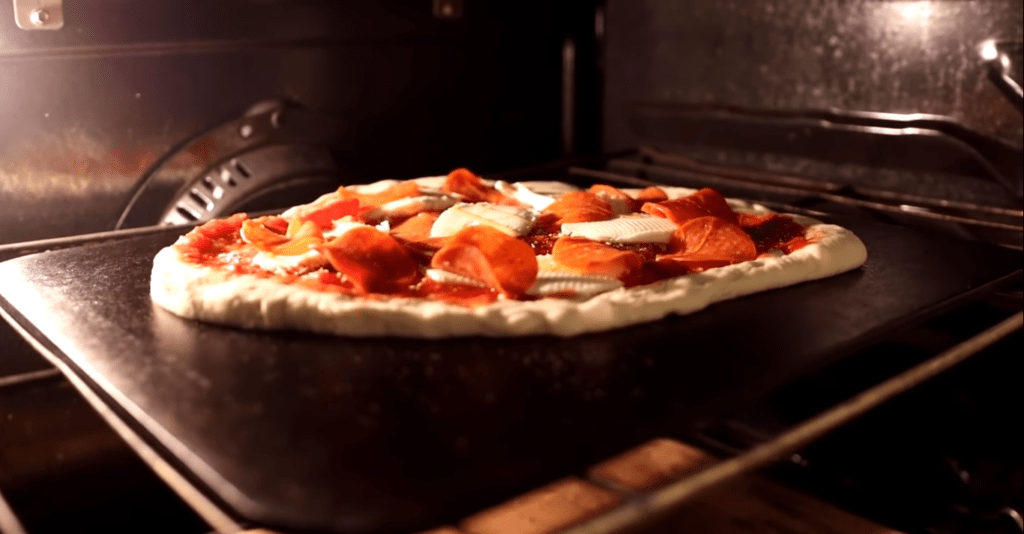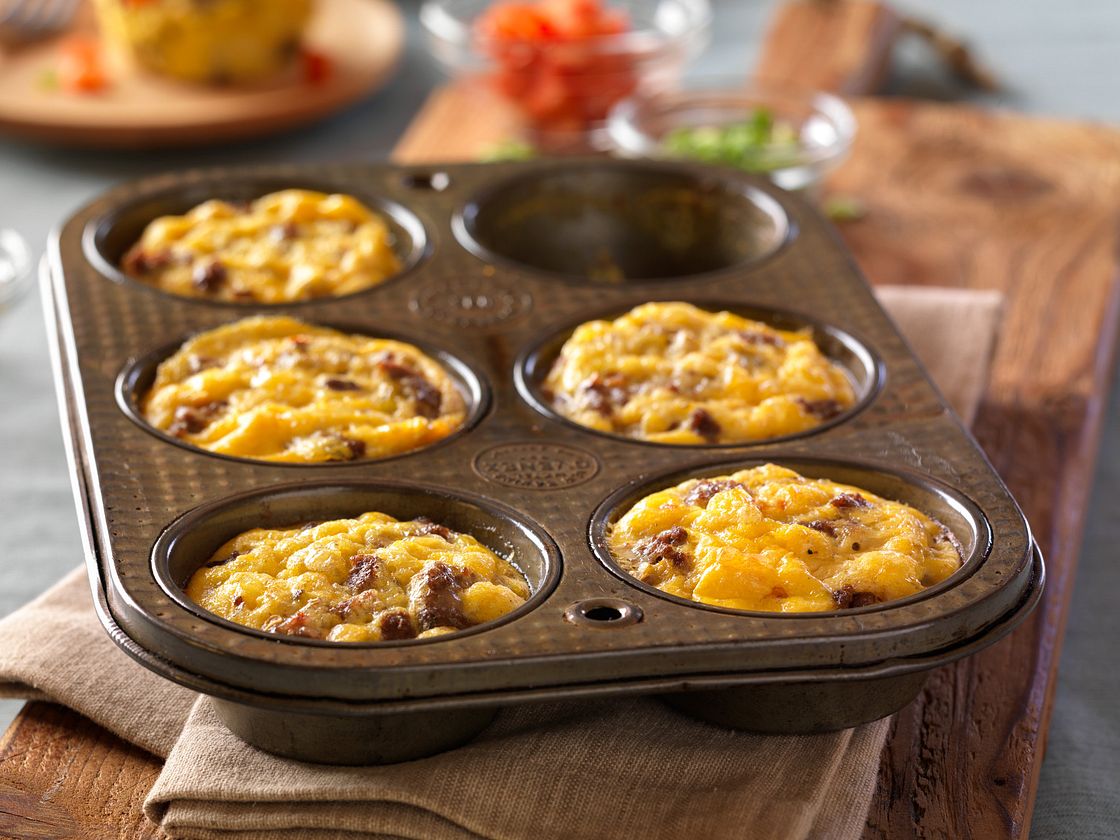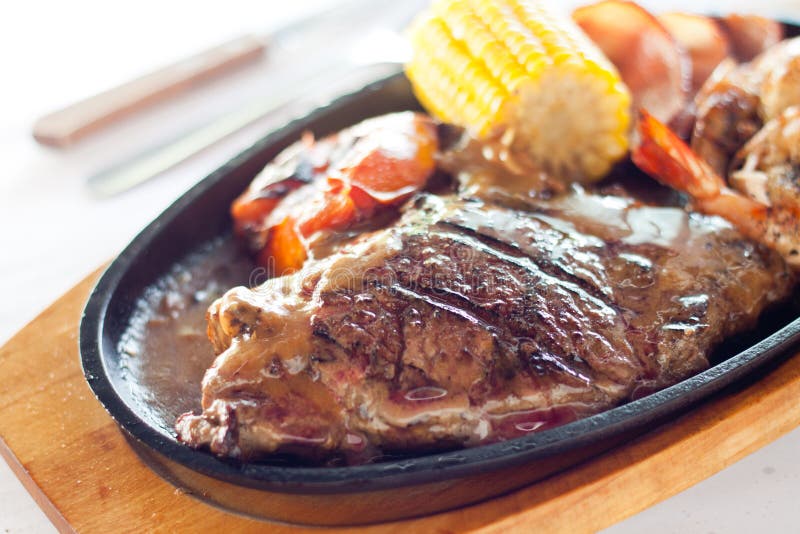Crafting the ideal pizza crust can be a challenge, even for experienced chefs. The thrill of pulling a fresh, hot pizza from the oven can quickly fade if you end up with a soggy crust. Thankfully, there are proven methods to help you achieve a crunchy, delectable foundation for your pizza. In this guide, you'll discover the key techniques on how to prevent soggy pizza crust, ensuring that each pie you make is a true culinary delight.
Understanding how to prevent soggy pizza crust goes beyond simple baking tips; it requires insight into the science behind bread-making. From the type of dough you choose to the consistency of your sauce, and the baking temperature, every element significantly influences the final outcome. Well dive into these aspects to help you make the perfect pizza without the fear of an undesirable sogginess.

Choosing Your Dough Wisely
The first step to avoiding a soggy pizza crust is selecting the right dough. The flour type, hydration levels, and proofing time are crucial factors that shape your crust's texture. High-protein flours contribute to a crispier result, while maintaining the right water-to-flour ratio ensures a robust dough structure during baking. Allowing for adequate fermentation over several hours or days helps develop flavor and strength in your dough.
The Sauce Selection and Application
Choosing the right sauce and applying it correctly is vital in preventing a soggy pizza crust. A thick, uncooked tomato sauce can trap moisture as the pizza bakes. Instead, go for a lightly cooked sauce or, if using fresh tomatoes, opt for a low-moisture variety. Applying a thin layer of sauce is key to keeping excess moisture from soaking into the crust.
Cheese and Topping Choices
While cheese and toppings enhance flavor and texture, they can also introduce excessive moisture. Mozzarella, particularly the fresh kind, often releases water as it melts. Use low-moisture cheese, or pre-drain fresh cheese to minimize liquid. Pre-cooking vegetableslike mushrooms, bell peppers, and onionswill reduce their moisture content before theyre placed on your pizza.
Mastering High-Heat Baking
Perfecting a crispy crust largely hinges on your baking techniques. High temperatures are essential for achieving a crust that is crunchy outside yet chewy inside. While professional ovens can reach up to 900F, those with conventional ovens should consider investing in pizza stones or steel. These tools hold heat well, ensuring even and efficient baking. For further understanding, read more about using a baking stone.
Managing Moisture with Baking Techniques
Seasoned professionals know that baking from the bottom up is crucial. Pre-heating your pizza stone or cooking surface ensures that the crust starts cooking immediately when it meets the hot surface. This initial burst of heat creates a strong base, significantly lessening the chance for moisture to seep in from the top.
Conclusion
The path to mastering how to prevent soggy pizza crust involves careful preparation and an understanding of ingredient science. From the dough-making process and sauce application to choosing the right toppings and baking temperatureevery aspect plays a vital role. Skilled kitchen professionals can balance these elements, guaranteeing that each pizza slice served is a testament to their culinary skills.

FAQs
Why is my pizza crust soggy in the center?
A soggy center typically results from an overload of sauce or toppings along with inadequate baking time. Ensure your baking surface is hot and keep sauce application to a minimal layer.
How can I achieve a crispier pizza crust?
Utilizing high-protein flour and ensuring your dough is well-rested and properly proofed can significantly enhance crust crispness. Additionally, baking on a preheated stone or steel at high temperatures will contribute to an improved texture.
Is preheating the baking surface really necessary?
Absolutely! Preheating is essential because it ensures even cooking from the bottom, helping to prevent sogginess. A hot surface swiftly transfers heat, kickstarting the cooking process immediately.
For more baking insights, check out our guide on baking with stones that addresses typical queries related to stone baking.
This article contains affiliate links. We may earn a commission at no extra cost to you.






Leave a comment
This site is protected by hCaptcha and the hCaptcha Privacy Policy and Terms of Service apply.